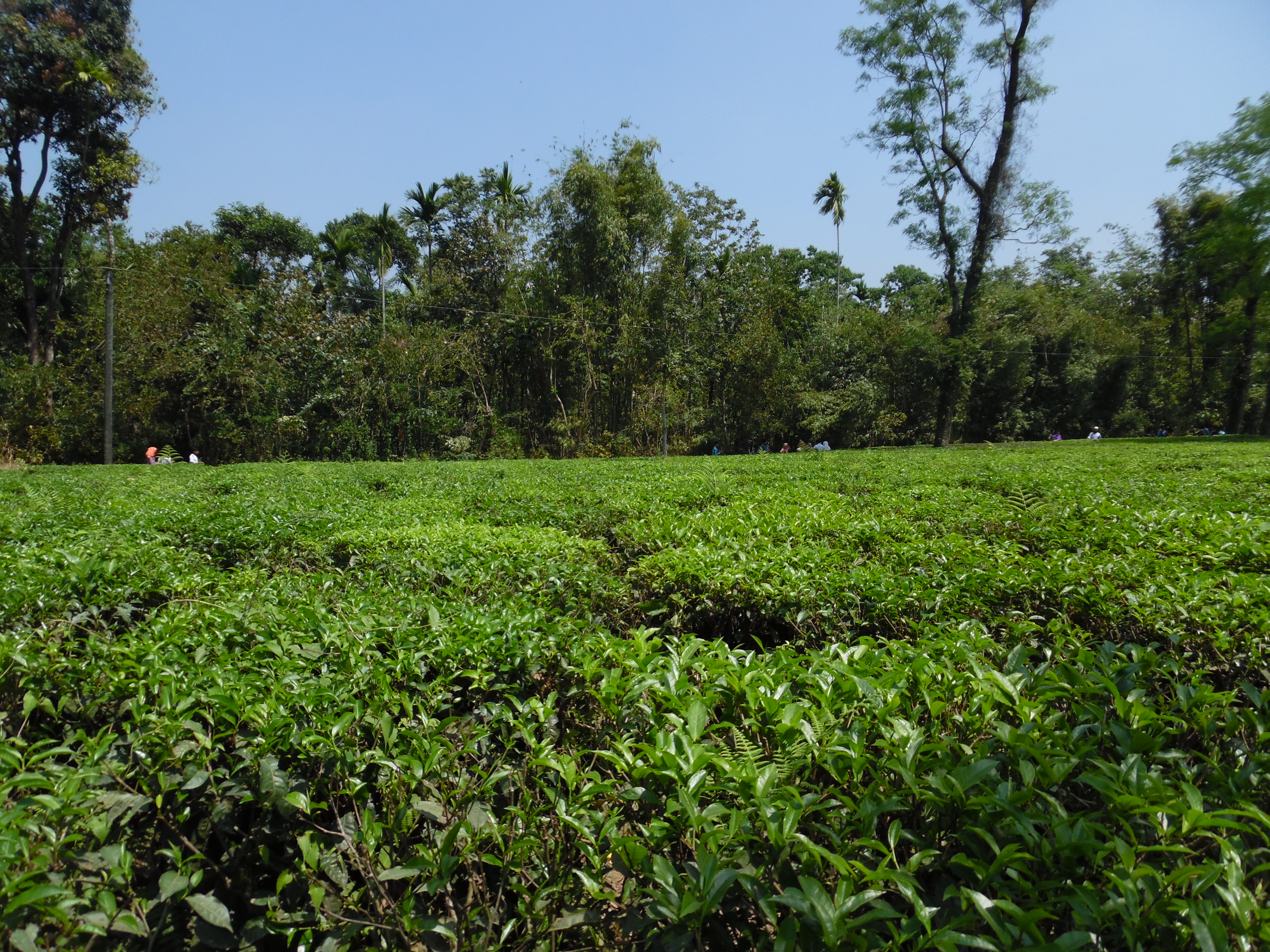|
Sylhet
Sylhet (; ) is a Metropolis, metropolitan city in the north eastern region of Bangladesh. It serves as the administrative center for both the Sylhet District and the Sylhet Division. The city is situated on the banks of the Surma River and, as of 2025, the metro area population of Sylhet is estimated to be 1,033,000, reflecting a 3.4% increase from 2024. Making it third-largest urban area. Sylhet is known for its tea plantations and natural scenery. The region has been inhabited since ancient times, and since the city's establishment in the 14th century has been ruled by various dynasties including the Mughals, the British Empire, British, and the Nawabs of Bengal. The city is also home to several important landmarks, such as one of the Islamic sites in Bangladesh, the Shah Jalal Dargah, which attracts thousands of pilgrims annually. Sylhet is also the first city in the country to have a road with no overhead cable. Sylhet is one of the most economically important cities in Bang ... [...More Info...] [...Related Items...] OR: [Wikipedia] [Google] [Baidu] |
Sylhet Division
Sylhet Division () is a northeastern Divisions of Bangladesh, division of Bangladesh, renowned for its lush tea gardens, rolling hills and vibrant cultural heritage. Covering an area of approximately 12,298 square kilometres, it is bordered by the States and union territories of India, Indian states of Meghalaya, Assam and Tripura to the north, east and south respectively, while domestically it adjoins Chittagong Division, Chattogram to the southwest and Dhaka Division, Dhaka and Mymensingh Division, Mymensingh to the west. Prior to Partition of India, Partition in 1947, it included Karimganj district, Karimganj subdivision (presently in Barak Valley, Assam, India). However, Karimganj (including the thanas of Badarpur, Assam, Badarpur, Patharkandi and Ratabari Assembly constituency, Ratabari) was inexplicably severed from Sylhet by the Radcliffe Line, Radcliffe Boundary Commission. According to Niharranjan Ray, it was partly due to a plea from a delegation led by Abdul Matlib Ma ... [...More Info...] [...Related Items...] OR: [Wikipedia] [Google] [Baidu] |
Sylhetis
The Sylheti () or Sylhetis are an Indo-Aryan peoples, Indo-Aryan ethnocultural group, that are associated with the Sylhet region (Sylhet Division of Bangladesh and the Karimganj district of south Assam, India). There are strong diasporic communities in Barak Valley of Assam, India, North Tripura district, North Tripura, Shillong, Meghalaya, and Hojai district, Hojai, Central Assam. Outside South Asia, there are significant numbers in the United Kingdom, the United States, and Canada. They speak Sylheti language, Sylheti, an eastern Indo-Aryan language that is considered "a distinct language by many and a dialect of Bengali language, Bengali by some others"."Along the linguistic continuum of eastern Indic languages, Sylheti occupies an ambiguous position, where it is considered a distinct language by many and also as a dialect of Bengali or Bangla by some others." Sylheti identity is associated primarily with its regional culture and language, alongside a broader cultural and eth ... [...More Info...] [...Related Items...] OR: [Wikipedia] [Google] [Baidu] |
Sylhet District
Sylhet District (), located in north-east Bangladesh, is one of the four districts in Sylhet Division, which contains Sylhet, the regional capital. History Sylhet District was established on 3 January 1782, and until 1878 it was part of Bengal Province under Dhaka Division. However, in that year, Sylhet was moved to the newly created Assam Province, and it remained as part of Assam up to 1947 (except during the administrative reorganisation of Bengal Presidency, Bengal Province between 1905 and 1912). Sylhet District was divided into five subdivisions and the current Sylhet District was known as the North Sylhet subdivision. In 1947, Sylhet became a part of East Pakistan as a result of a Sylhet referendum, referendum (except 3 thanas of Karimganj district, Karimganj subdivision) as part of Chittagong Division. It was subdivided into four districts in 1983–84 with the current Sylhet District being known as North Sylhet. It became a part of Sylhet Division after its formation i ... [...More Info...] [...Related Items...] OR: [Wikipedia] [Google] [Baidu] |
Shah Jalal Dargah
The Shah Jalal Dargah () is the Sufi shrine and burial place of the 14th-century Sufi saint Shah Jalal. The ''dargah'' complex, constructed in Common Era, CE, that incorporates four mosques, a madrasa, the mausoleum and a public cemetery, is located in Sylhet, Bangladesh. Many additions and alterations have been made to its structures over the following centuries. It became a religious centre in the region, respected across multiple ruling administrations and greatly venerated among Bengalis, with local folklore and legends developing around it. The ''dargah'' is presently the largest and most visited religious site in Bangladesh. Religious significance Shah Jalal was a Sufi saint traditionally accredited with the Muslim conquest of Sylhet as well as the propagation of Islam in the region. Described by Syed Murtaza Ali as "the patron saint of Sylhet", following his death in 1347, Shah Jalal's burial place in Sylhet, the city became an object of veneration. Both Bengali Muslims an ... [...More Info...] [...Related Items...] OR: [Wikipedia] [Google] [Baidu] |
